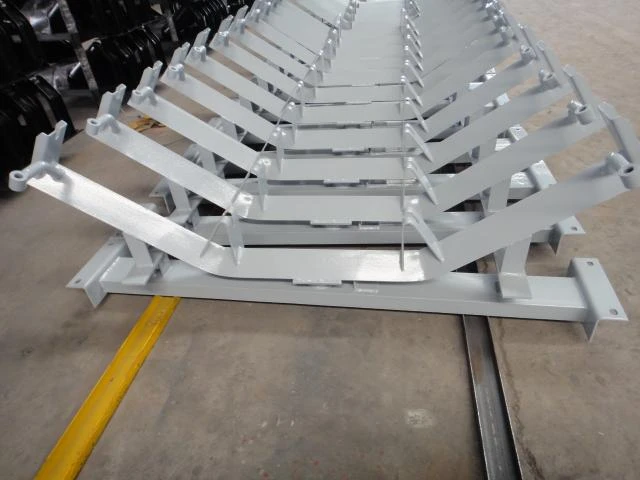 Afrikaans
Afrikaans  Albanian
Albanian  Amharic
Amharic  Arabic
Arabic  Armenian
Armenian  Azerbaijani
Azerbaijani  Basque
Basque  Belarusian
Belarusian  Bengali
Bengali  Bosnian
Bosnian  Bulgarian
Bulgarian  Catalan
Catalan  Cebuano
Cebuano  Corsican
Corsican  Croatian
Croatian  Czech
Czech  Danish
Danish  Dutch
Dutch  English
English  Esperanto
Esperanto  Estonian
Estonian  Finnish
Finnish  French
French  Frisian
Frisian  Galician
Galician  Georgian
Georgian  German
German  Greek
Greek  Gujarati
Gujarati  Haitian Creole
Haitian Creole  hausa
hausa  hawaiian
hawaiian  Hebrew
Hebrew  Hindi
Hindi  Miao
Miao  Hungarian
Hungarian  Icelandic
Icelandic  igbo
igbo  Indonesian
Indonesian  irish
irish  Italian
Italian  Japanese
Japanese  Javanese
Javanese  Kannada
Kannada  kazakh
kazakh  Khmer
Khmer  Rwandese
Rwandese  Korean
Korean  Kurdish
Kurdish  Kyrgyz
Kyrgyz  Lao
Lao  Latin
Latin  Latvian
Latvian  Lithuanian
Lithuanian  Luxembourgish
Luxembourgish  Macedonian
Macedonian  Malgashi
Malgashi  Malay
Malay  Malayalam
Malayalam  Maltese
Maltese  Maori
Maori  Marathi
Marathi  Mongolian
Mongolian  Myanmar
Myanmar  Nepali
Nepali  Norwegian
Norwegian  Norwegian
Norwegian  Occitan
Occitan  Pashto
Pashto  Persian
Persian  Polish
Polish  Portuguese
Portuguese  Punjabi
Punjabi  Romanian
Romanian  Russian
Russian  Samoan
Samoan  Scottish Gaelic
Scottish Gaelic  Serbian
Serbian  Sesotho
Sesotho  Shona
Shona  Sindhi
Sindhi  Sinhala
Sinhala  Slovak
Slovak  Slovenian
Slovenian  Somali
Somali  Spanish
Spanish  Sundanese
Sundanese  Swahili
Swahili  Swedish
Swedish  Tagalog
Tagalog  Tajik
Tajik  Tamil
Tamil  Tatar
Tatar  Telugu
Telugu  Thai
Thai  Turkish
Turkish  Turkmen
Turkmen  Ukrainian
Ukrainian  Urdu
Urdu  Uighur
Uighur  Uzbek
Uzbek  Vietnamese
Vietnamese  Welsh
Welsh  Bantu
Bantu  Yiddish
Yiddish  Yoruba
Yoruba  Zulu
Zulu Guide Rollers for Efficient Conveyor Belt Operation and Maintenance Tips
Understanding Conveyor Belt Guide Rollers A Comprehensive Overview
Conveyor belt systems are a vital component in many industrial processes, playing a crucial role in the movement of materials across various sectors, including manufacturing, distribution, and logistics. Within these systems, conveyor belt guide rollers serve an essential function, ensuring the smooth operation and efficiency of the belt. This article explores the types, functions, and benefits of conveyor belt guide rollers, aiming to provide a comprehensive understanding of their importance in conveyor systems.
What are Conveyor Belt Guide Rollers?
Conveyor belt guide rollers, also known as belt tracking rollers, are specialized components designed to help keep conveyor belts aligned and centered during operation. These rollers are typically situated along the edges of the conveyor belt to guide it and prevent it from drifting off track. By doing so, they reduce wear and tear on the belt and other components, ultimately enhancing the lifespan of the entire conveyor system.
Types of Guide Rollers
Conveyor belt guide rollers come in various types, each designed for specific applications. The most common types include
1. Flat Guide Rollers These are simple cylindrical rollers that offer basic guidance to the conveyor belt. They are effective for straight sections of the conveyor system and are typically used in standard operating environments.
2. Conical Guide Rollers These rollers are designed with a tapered shape, which helps to center the belt more effectively and prevents it from drifting. They are ideal for applications where the load may shift or where the belt operates at varying angles.
3. Tapered Guide Rollers Similar to conical rollers, tapered guide rollers are narrower at one end than the other. This design facilitates better tracking of the belt, especially in applications where the conveyor may experience incline or decline.
4. Bearing-supported Guide Rollers These rollers feature bearings that allow for smoother rotation and reduced friction. They are employed in high-speed and heavy-load applications, where durability and efficiency are paramount.
Functions of Conveyor Belt Guide Rollers
The primary function of guide rollers is to ensure that the conveyor belt remains properly aligned with the conveyor system. However, their roles extend beyond simple alignment, encompassing several other critical functions
conveyor belt guide rollers

- Reducing Friction By providing a smooth surface for the belt to travel over, guide rollers significantly reduce friction
. Lower friction leads to reduced energy consumption and minimizes wear on both the belt and the drive components.- Preventing Material Spillage Properly aligned belts are less likely to spill materials during transport. This is crucial in maintaining safety and efficiency in operations, particularly in environments where hazardous or valuable materials are involved.
- Enhancing Performance Guide rollers contribute to the overall performance of the conveyor system by allowing for smoother operation. This efficiency can lead to faster processing times and increased productivity.
- Minimizing Maintenance Needs With the correct installation and use of guide rollers, operators can significantly reduce the frequency of maintenance required on the conveyor system. This can translate to lower operational costs and less downtime.
Benefits of Using Conveyor Belt Guide Rollers
Incorporating conveyor belt guide rollers into a conveyor system presents numerous benefits for businesses
- Cost-Efficiency Reduced wear and tear on the conveyor belt and related components lead to lower replacement and repair costs over time.
- Improved Safety Aligned conveyor systems decrease the risk of accidents related to material spillage or equipment malfunction, promoting a safer work environment.
- Extended Equipment Lifespan Properly functioning guide rollers prevent premature failure of the conveyor system, extending its operational lifespan.
- Enhanced Productivity Effective tracking and guidance minimize disruptions in material handling, allowing for consistent workflow and productivity.
Conclusion
Conveyor belt guide rollers are a fundamental aspect of modern material handling systems. By ensuring that belts operate smoothly and remain properly aligned, these rollers enhance the overall efficiency, safety, and longevity of conveyor systems. Investing in high-quality guide rollers tailored to specific applications can yield significant benefits, making them an essential consideration for any business utilizing conveyor technology. As industries continue to evolve and demand more from their equipment, understanding the role of guide rollers becomes increasingly important to ensure optimal conveyor performance.
-
Revolutionizing Conveyor Reliability with Advanced Rubber Lagging PulleysNewsJul.22,2025
-
Powering Precision and Durability with Expert Manufacturers of Conveyor ComponentsNewsJul.22,2025
-
Optimizing Conveyor Systems with Advanced Conveyor AccessoriesNewsJul.22,2025
-
Maximize Conveyor Efficiency with Quality Conveyor Idler PulleysNewsJul.22,2025
-
Future-Proof Your Conveyor System with High-Performance Polyurethane RollerNewsJul.22,2025
-
Driving Efficiency Forward with Quality Idlers and RollersNewsJul.22,2025





























